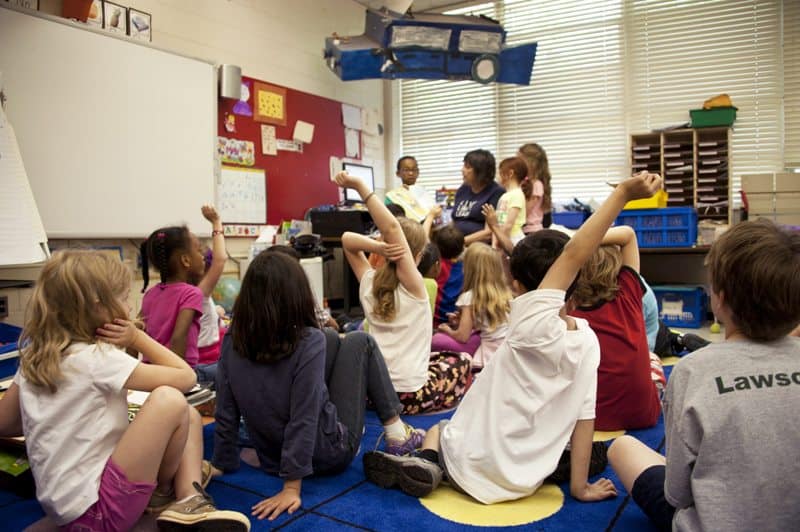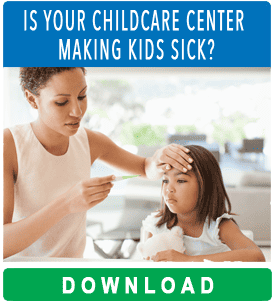Originally Published by Care.com
Below is a go-to guide on when to keep a child home from school, addressing common concerns and queries parents may have. Just remember: a soft blanket, a bowl of soup and your patented brand of TLC are sometimes the best medicine.
- Fever: It’s the classic catch-all childhood illness. A child with a fever should remain at home until they are completely fever-free without the use of any fever-reducing medication. A fever can be indicative of an underlying infection, and sending a child to school in this condition may end up exacerbating their symptoms and exposing other children to potential illnesses. Note: A healthy temperature range is between 36.1 and 37.2°C. Anything over 38°C is considered a high temperature or a fever.
- Chickenpox (varicella): Depending on where you live, a chickenpox vaccine may be one of the required vaccinations for school and daycare, meaning they won’t have to hear you say “Don’t scratch!” a hundred times a day. If a vaccine isn’t mandatory and your child does contract chickenpox, you should keep them home until at least five days from the onset of the rash and until all the blisters have crusted over. Note: As KidsHealth points out, chickenpox often starts with a fever, so be on the lookout.
- Other contagious illnesses: If your child has a highly contagious illness such as measles, mumps, scarlet fever or whooping cough, it is best — and often mandatory according to many school policies — to keep them at home until they are no longer contagious. This may take several days, so settle in for the long haul. Also, be aware that some contagious illnesses require antibiotics to treat, which means you’ll need to keep your child home anyway to administer the medication.
- Vomiting and diarrhoea: Stomach viruses are highly contagious, and children experiencing vomiting or diarrhoea should absolutely stay home until they have recovered and are no longer at risk of spreading the infection. As well as making them personally comfortable, this is an essential way to build confidence in kids among their peers.
In each case, be sure to keep your child home for at least 24 hours after the symptoms have subsided.
>>CLICK HERE to Read the Full Article on Care.com





